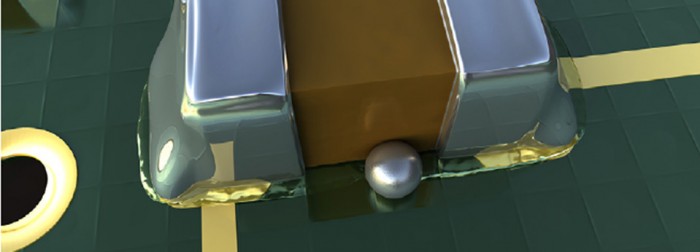Back in 2013, Carol Gowans was interviewed by Kalwinder Kaur for an article which appeared on AZO Materials’ website. The full article can be found here. I thought they brought up many good points – let’s take a closer look:
“Question: How do I know when to consider indium as a solution for bonding or soldering?
Answer: Indium-bearing alloys work very well in the following applications:
- Soldering two metals that expand at different coefficient of thermal expansion rates (CTE mismatch). With most solders, different expansion rates can result in a cracked solder joint. Indium accommodates the differing expansion rates, cushioning the joint.
- Assembling devices that see regular heating and cooling cycles when in service. Thermal cycling can compromise a standard solder joint. Indium reduces thermal fatigue-related joint failures, reducing field failures and assuring product quality.
- Multiple soldering steps or step soldering. Several indium-containing alloys reflow at temperatures below 183°C. This allows for a subsequent reflow step that does not disturb the initial solder joint.
- Bonding non-metallic surfaces like glass, ceramic, or quartz. Indium metal wets very well to these materials.
- Using components that cannot withstand the reflow temperatures needed for conventional soldering. Many indium-contained solders reflow at less than 175°C.”
If you want to explore indium or other alloys for your application, why not contact the friendly engineers at [email protected]?


